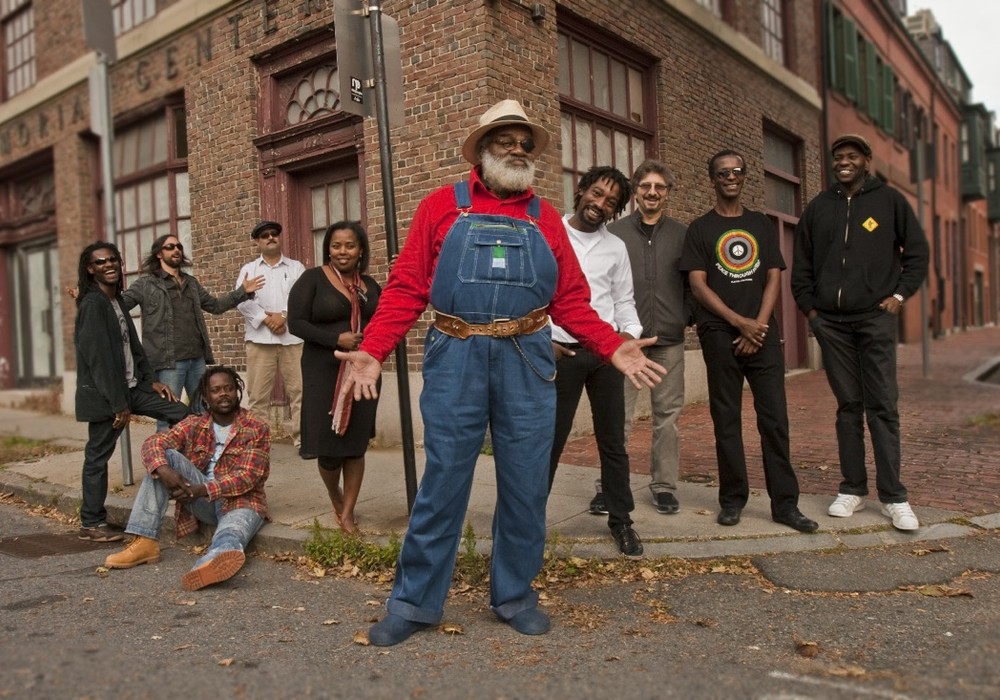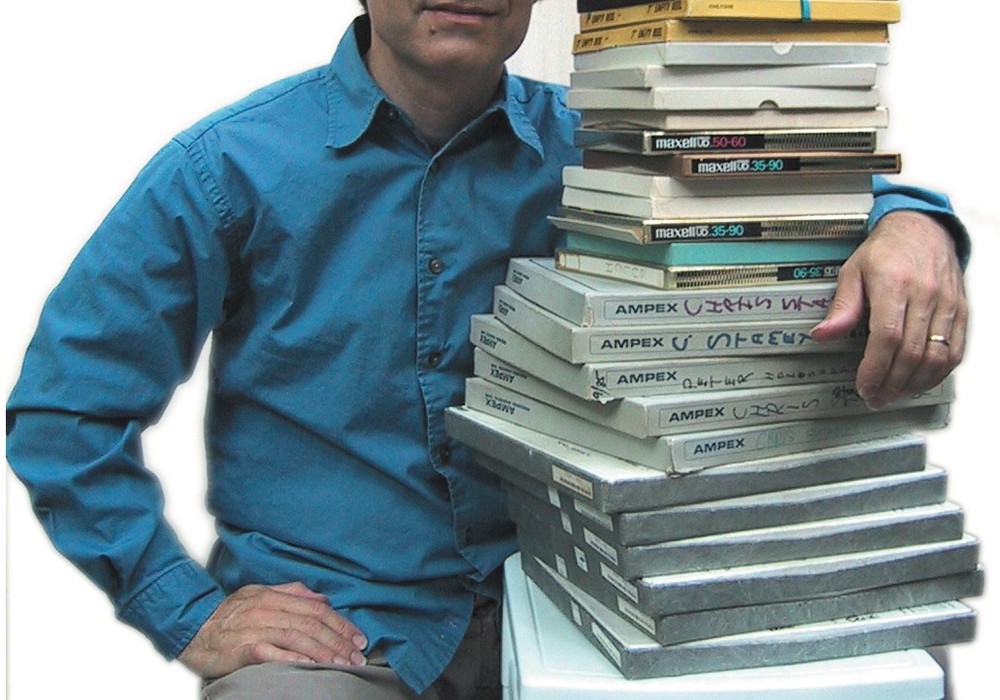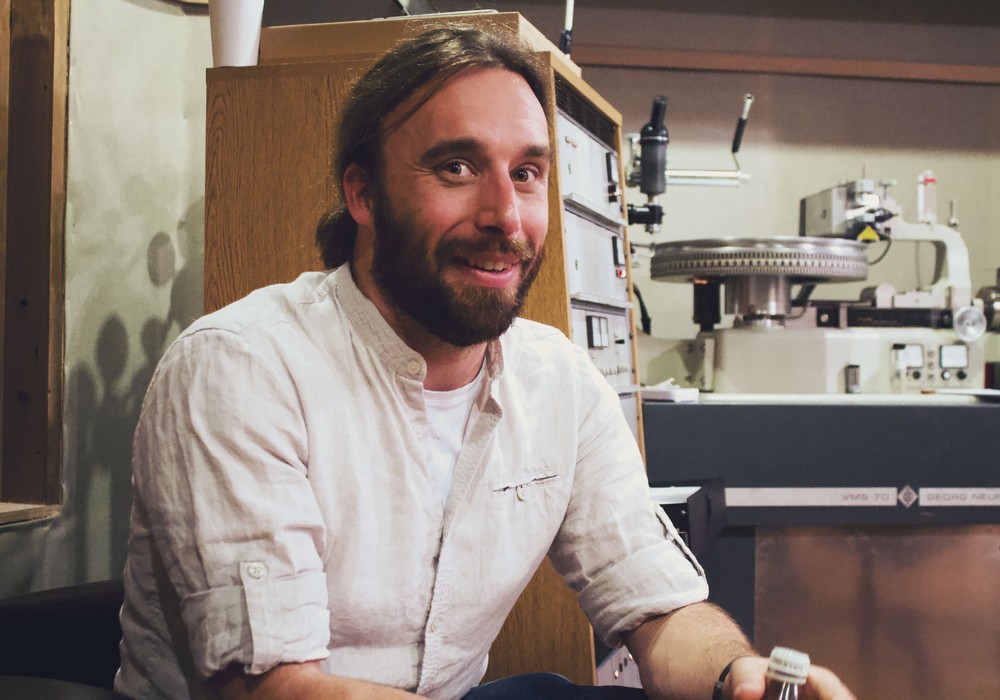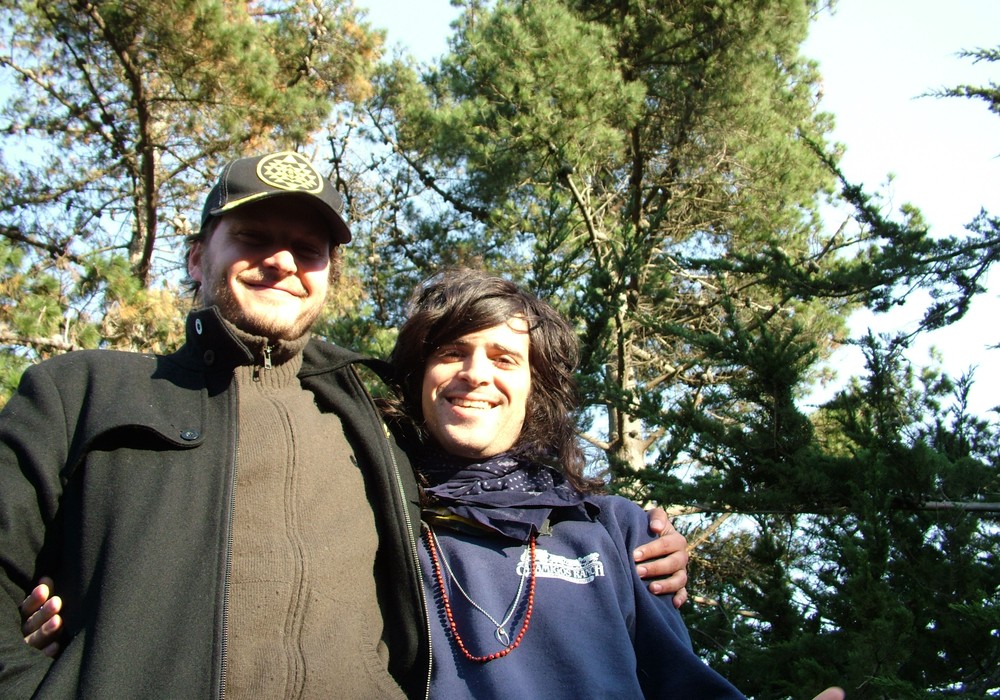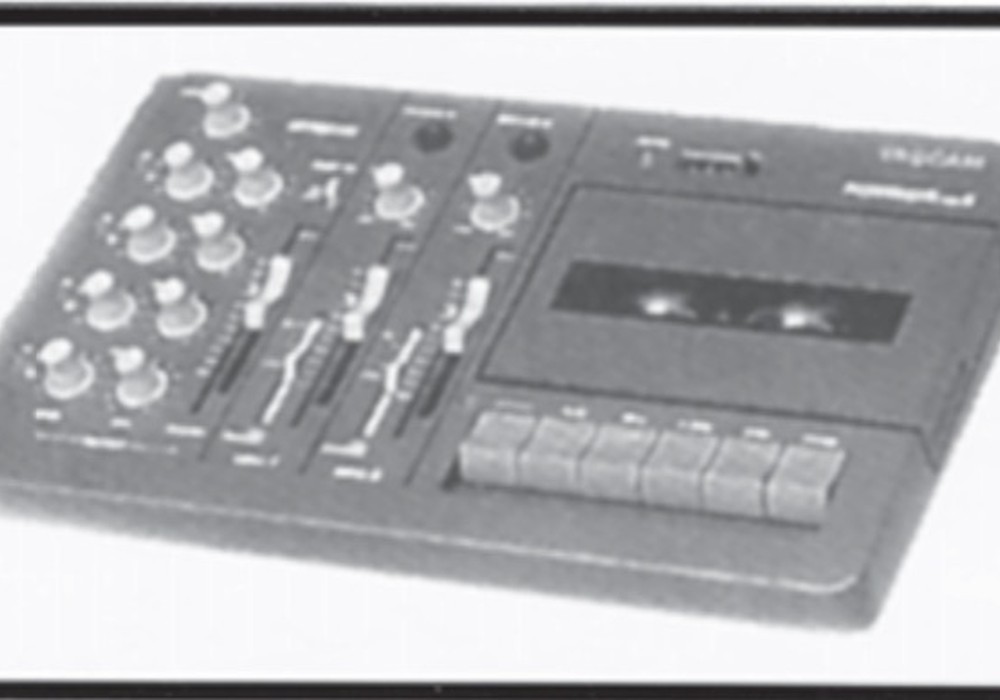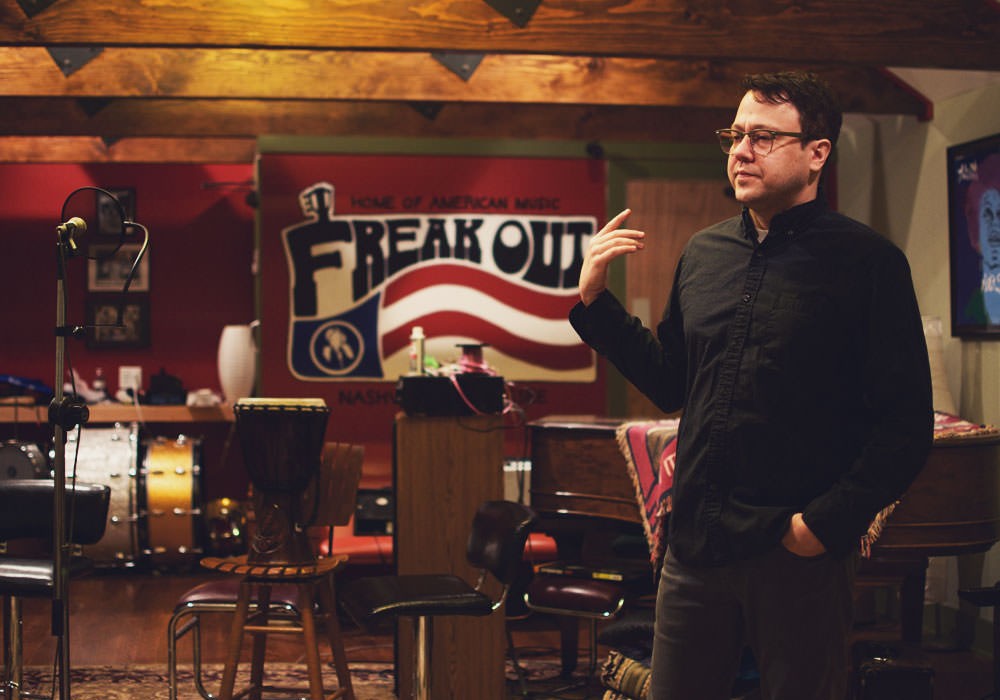Vic Keary and Nick Terry, along with partner Jon Bailes, are the people behind the UK gear company Thermionic Culture. Larry and I both have several pieces of their gear that we really like, so when the chance to meet the Thermionic team at Nick's London-based The Premises Studios came up we hopped on the Tube and dropped in. Vic's career goes back to the days of Joe Meek [Tape Op #100] and he built his first limiter for Pete Townshend. The partnership works well, with the younger Nick running his studio, making records and coming up with ideas that he bounces off Vic, while Jon handles the mechanical design and look of the gear. They met years ago at Chiswick Reach Studios when Nick was fresh out of college, playing in bands, moving into engineering and knew a bit of electronics.
JB: Vic, you have a long history of working in studios and designing tube gear?
V: Yeah. I was inspired by Joe Meek — I used to work at Lansdowne Studios and Meek had just left there. I came to work the day after he left and someone else went up the ladder. I was impressed with the stuff that he had made. He had some compressors, which were based on the Altec [436/438] design, but they were absolutely an improvement. I always thought, "I could make this better still." So I did. I made a couple of compressors for myself and the first limiter I ever made was sold to Pete Townshend of The Who, and of course, he's still using it! He told me about five years ago, "I haven't changed a valve in it yet." After I left there I didn't do any designing at all for quite a long time. I ran Chalk Farm Studios and on to various other ones. The next studio was Chiswick Reach, and I thought, "Well, I ought to get back into designing again." So we made the Chiswick Reach Compressor, which later evolved into the Phoenix.
JB: So the Phoenix is just a very refined version of those early compressors you built? I have one — I love it.
V: Yes. I always thought I wanted to make a compressor that didn't cover the sound too much, that just sounded really natural, nice and warm without being over the top — unless you really wanted to make it that way. That's how we came up with the Phoenix. There's quite a lot of differences between that and the Altec -the power supply is quite different, it's much more refined. We use negative feedback direct from the output valve to the input valve, which tends to give it a very natural sound without too much pumping. Basically that was it — and different valves now. There are PCC85s in that whereas the Altec used 6BC8s.
JB: I was really impressed with the Phoenix- it's very rare to find a piece of gear that's wired point-to-point.
V: I think it's the only one at the moment that we make completely point-to-point, although we are going to do it with the Fat Bustard as well. Why not? It doesn't cost that much more to do and things always sound much better when they're point-to-point. They just do. There's a version of the Earlybird [mic preamp and EQ] here that's point-to-point and it's the best one we've ever made.
JB: How do you spec your valves? I at one point came across some new old stock tubes and I went through my studio and re-tubed everything that had funky, Russian tubes that should have been good 12AX7s or something.
V: There's nothing wrong with Russian 12AX7s. We use them all the time, but anyway...
JB: We opened up your box and we were like, "There's some weird tubes in here. We haven't seen any of these." So how did you come to the design of those?
V: It's quite simple. 6BC8s, which the Altecs were using were rare — I went to the RCA Receiving Tube Manual, which was like the valve designer's bible. It's got specs pretty much of every tube that's ever been made. I came across the 6BQ7A, which is what we used to begin with, but they were getting a bit scarce. I talked to a friend of mine and he said, "Why don't you try a PCC85?" I'd never heard of it and I'd never used them before — they were made for televisions. He said, "Try using it for audio." So I did, and it worked. It's very similar to the 6BQ7A, except that it's much better quality.
JB: And that's the actual gain change tube?
Yes. The Phoenix is actually just two stages — the gain change tube and then the output.
JB: Where do you do the manufacturing? Is it something you contract out?
V: We contract it out. Jon Bailes does the design for the front panels and the wiring and the circuit boards. He won't...
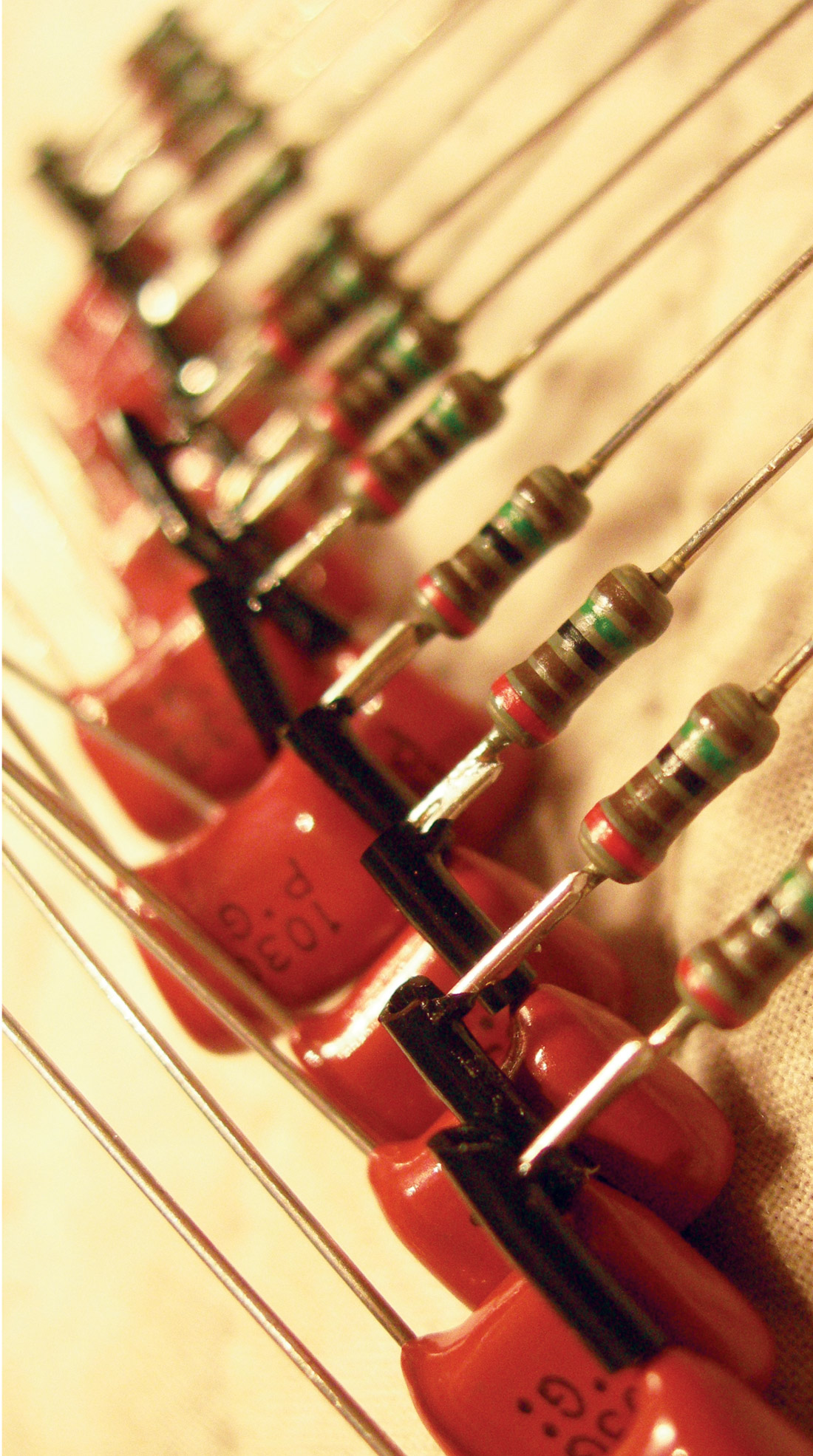

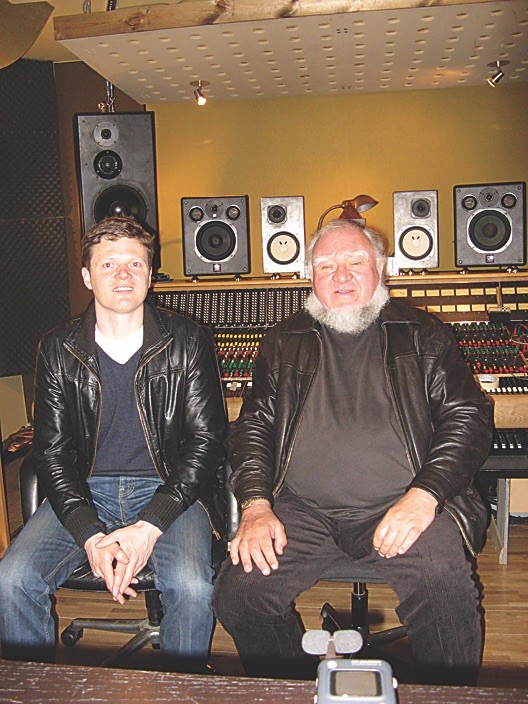


_disp_horizontal_bw.jpg)

